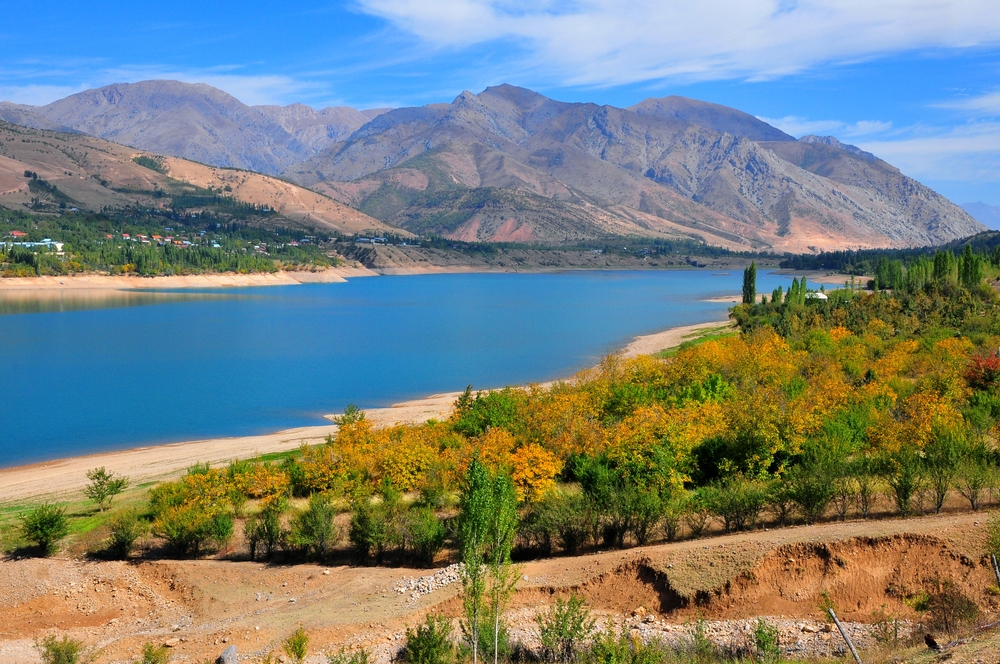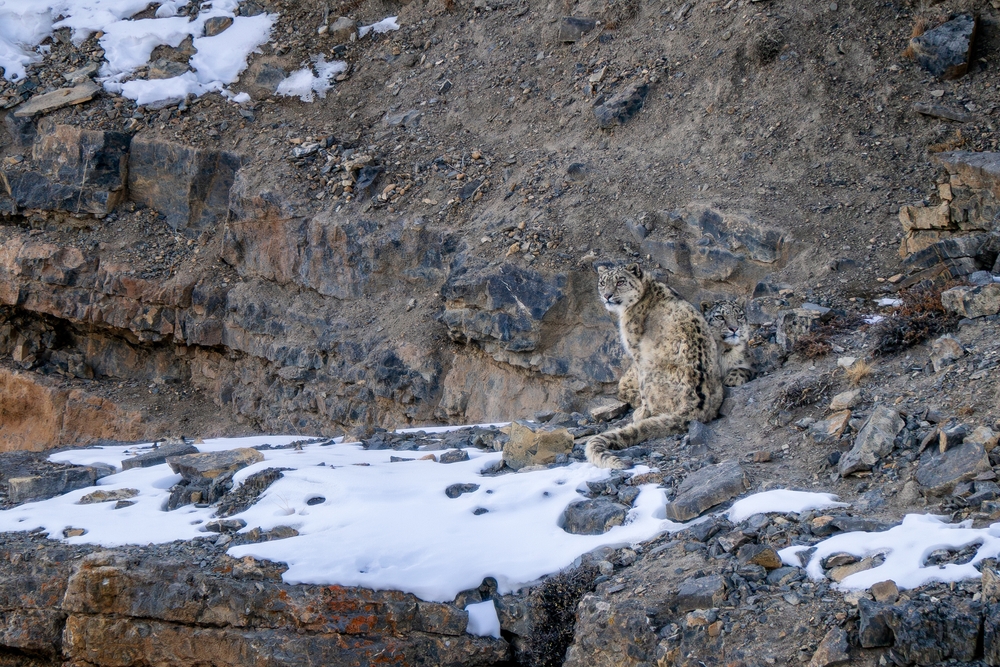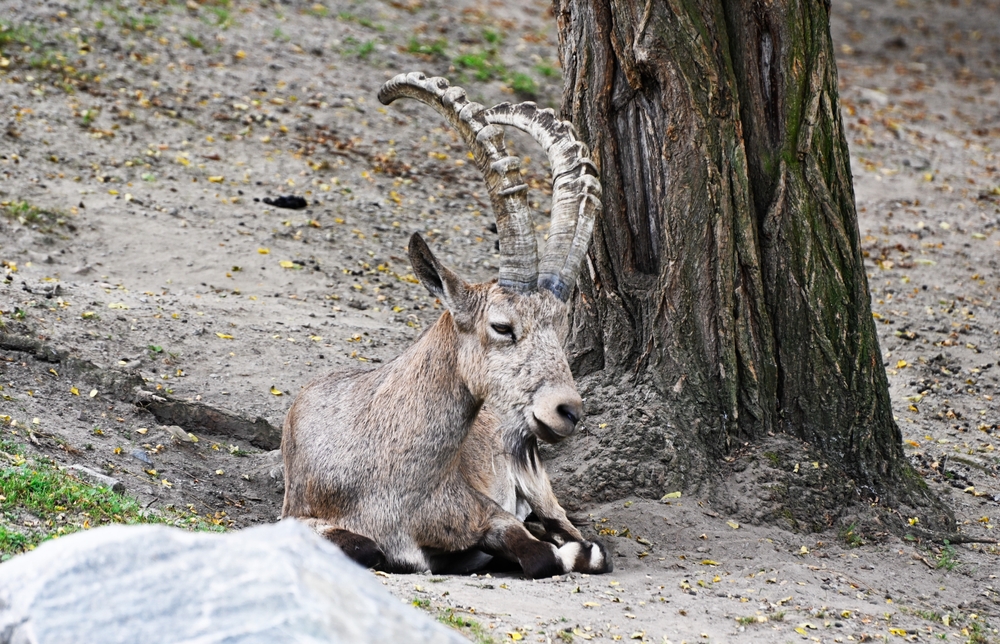Uzbekistan, a country rich in history and natural beauty, is home to two officially designated national parks: Zaamin National Park and Ugam-Chatkal National Park. These parks are vital for preserving the nation’s unique ecosystems, which range from arid deserts to lush mountain landscapes. Each national park offers a glimpse into Uzbekistan’s diverse flora, fauna, and cultural heritage, serving as a haven for conservation and ecotourism.
Zaamin National Park, located in the Jizzakh region, is one of the oldest protected areas in the country. Nestled within the Nuratau-Kyzylkum Biosphere Reserve, it is renowned for its pristine juniper forests and breathtaking alpine scenery. This park is home to species such as the snow leopard, ibex, and a variety of bird species, making it an essential habitat for biodiversity. Its serene environment also attracts hikers and nature enthusiasts, who come to explore its network of trails and scenic vistas.
Ugam-Chatkal National Park, situated near Tashkent, encompasses part of the Western Tien Shan Mountains, a UNESCO World Heritage site. Known for its stunning peaks, waterfalls, and mountain rivers, this park is a hotspot for outdoor activities like hiking, climbing, and skiing. The region’s rich biodiversity includes rare species like the Tien Shan brown bear and Central Asian lynx. Efforts to balance tourism with conservation are evident here, as initiatives are in place to protect the fragile ecosystems from overuse.
Surkhan Nature Reserve, located in southern Uzbekistan, is notable for its desert and semi-desert landscapes, as well as its archaeological and cultural significance. It serves as a refuge for endemic and endangered species such as the striped hyena and Bukhara deer. This park also features ancient petroglyphs and other historical artifacts, blending natural and cultural preservation. The region’s harsh climate poses unique challenges for conservation, but targeted reforestation and water management projects have shown promise in mitigating environmental degradation.
Despite these successes, Uzbekistan’s national parks face significant conservation challenges. Habitat loss due to agricultural expansion and climate change threatens wildlife populations. Limited funding and awareness also hinder effective management. However, the government and international organizations have made strides in addressing these issues. Conservation programs focusing on species reintroduction, anti-poaching efforts, and community engagement are gradually improving the state of the parks. Public awareness campaigns and eco-tourism initiatives have further highlighted the importance of preserving these natural treasures.
Uzbekistan’s national parks not only safeguard its ecological wealth but also offer a unique opportunity for visitors to connect with the region’s natural and cultural heritage. These protected areas exemplify the balance between preservation and sustainable use, ensuring that their beauty and biodiversity are cherished for generations to come.












































































